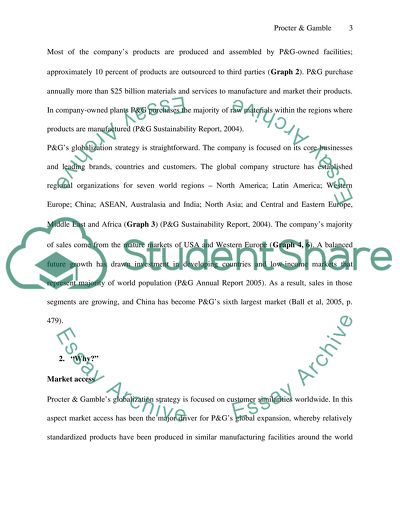Cite this document
(“How did Procter & Gamble Globalize Essay Example | Topics and Well Written Essays - 2250 words”, n.d.)
How did Procter & Gamble Globalize Essay Example | Topics and Well Written Essays - 2250 words. Retrieved from https://studentshare.org/miscellaneous/1508484-how-did-procter-gamble-globalize
How did Procter & Gamble Globalize Essay Example | Topics and Well Written Essays - 2250 words. Retrieved from https://studentshare.org/miscellaneous/1508484-how-did-procter-gamble-globalize
(How Did Procter & Gamble Globalize Essay Example | Topics and Well Written Essays - 2250 Words)
How Did Procter & Gamble Globalize Essay Example | Topics and Well Written Essays - 2250 Words. https://studentshare.org/miscellaneous/1508484-how-did-procter-gamble-globalize.
How Did Procter & Gamble Globalize Essay Example | Topics and Well Written Essays - 2250 Words. https://studentshare.org/miscellaneous/1508484-how-did-procter-gamble-globalize.
“How Did Procter & Gamble Globalize Essay Example | Topics and Well Written Essays - 2250 Words”, n.d. https://studentshare.org/miscellaneous/1508484-how-did-procter-gamble-globalize.


